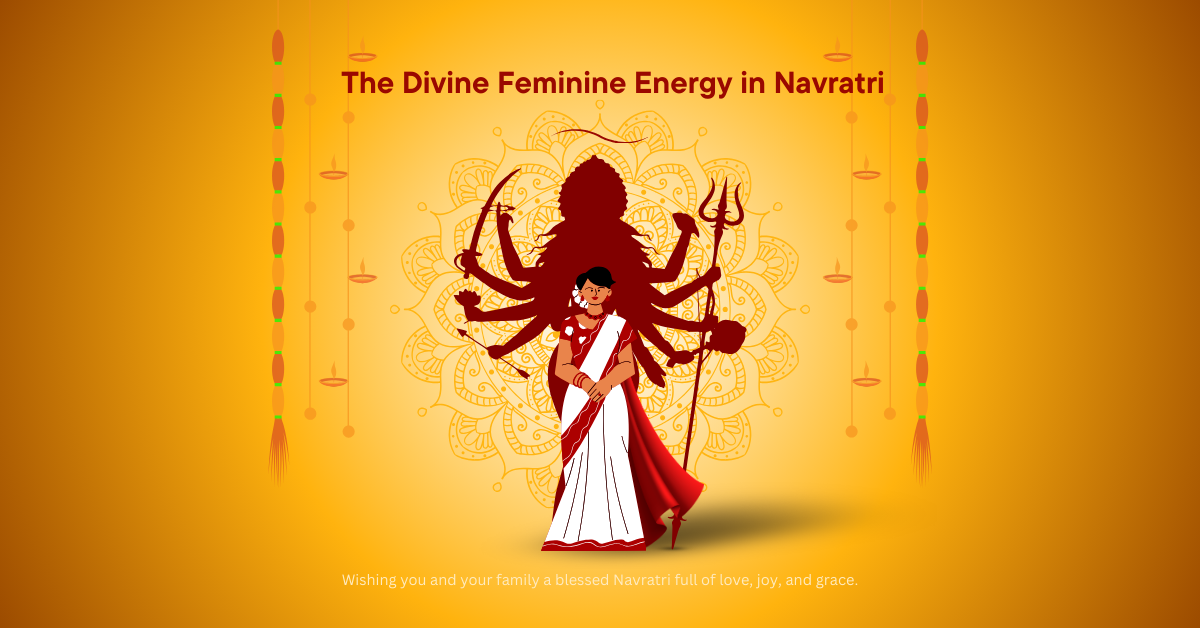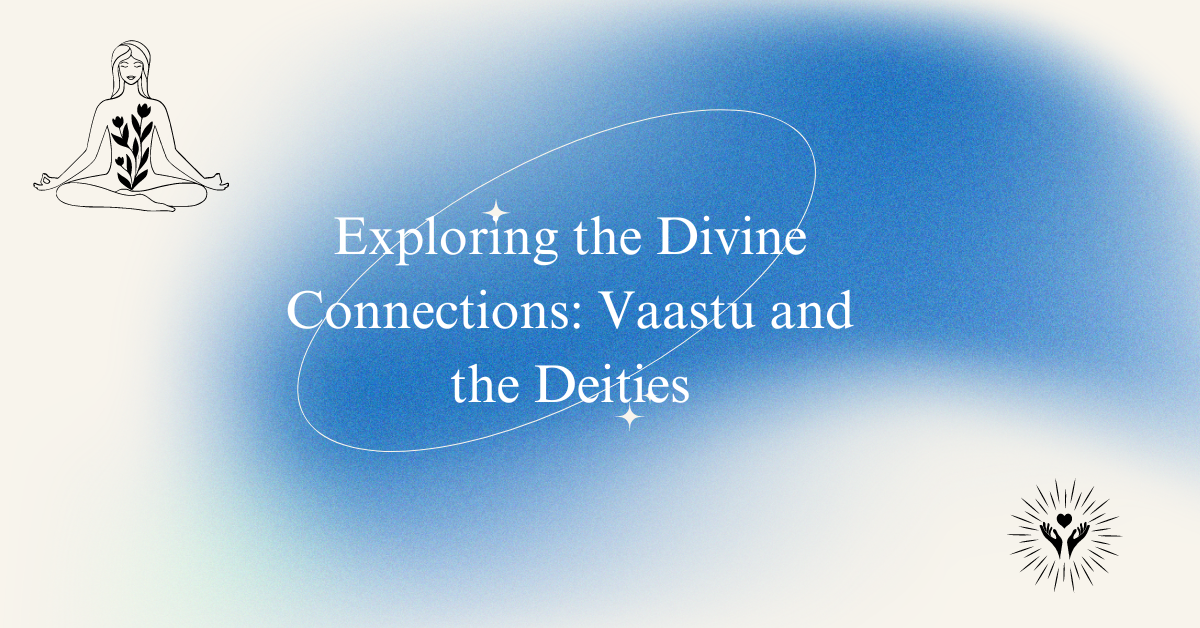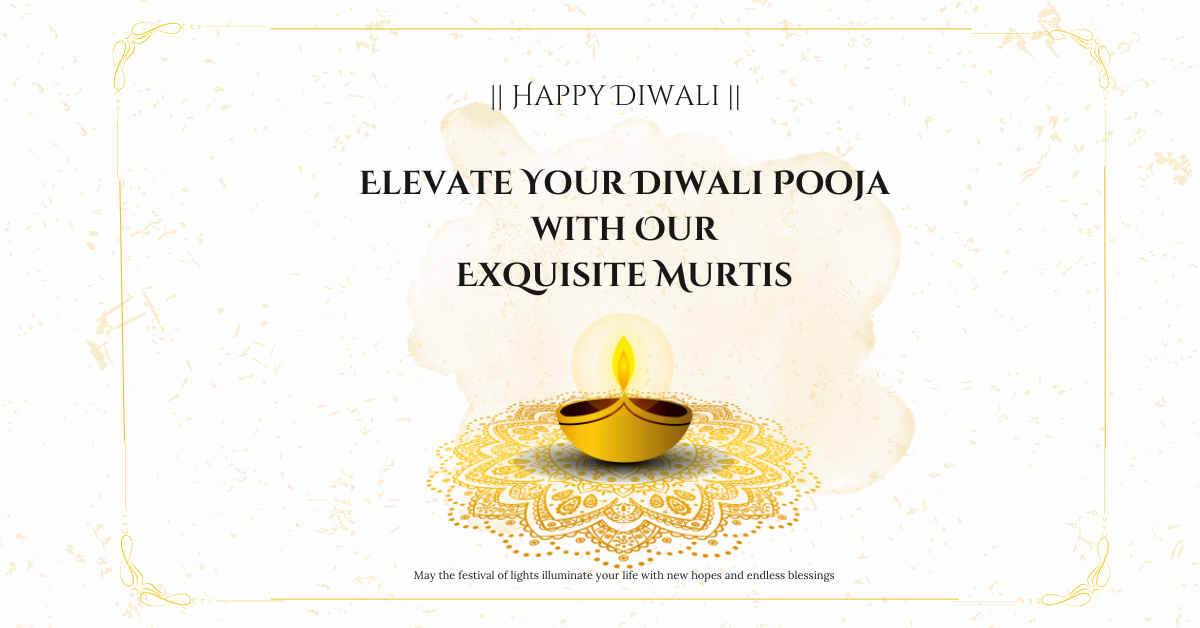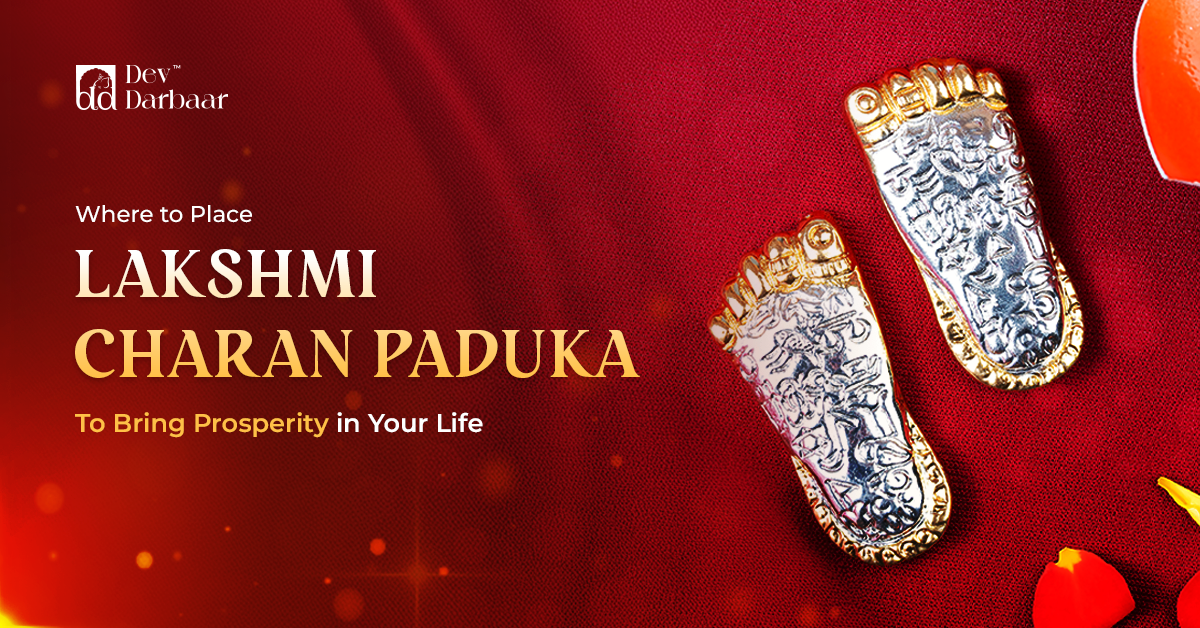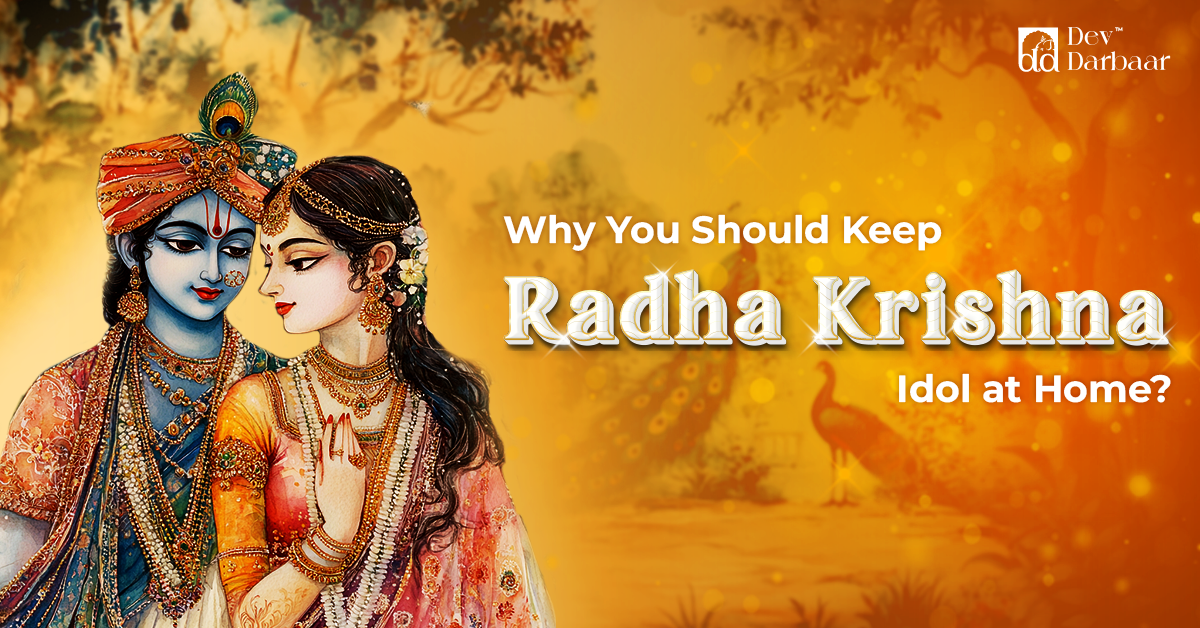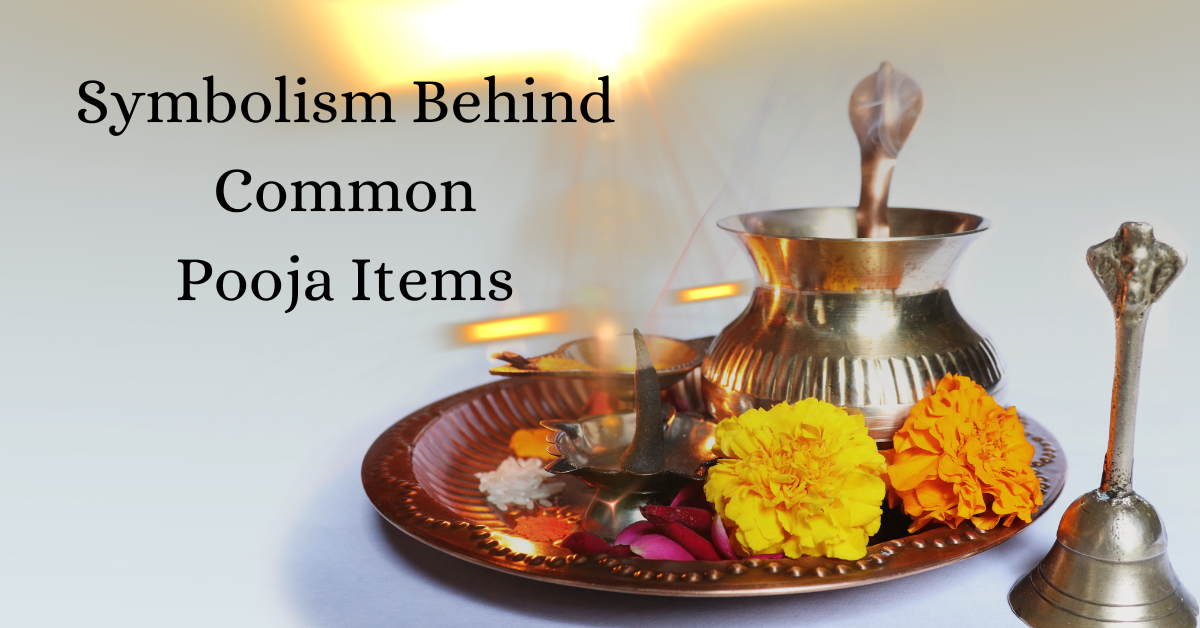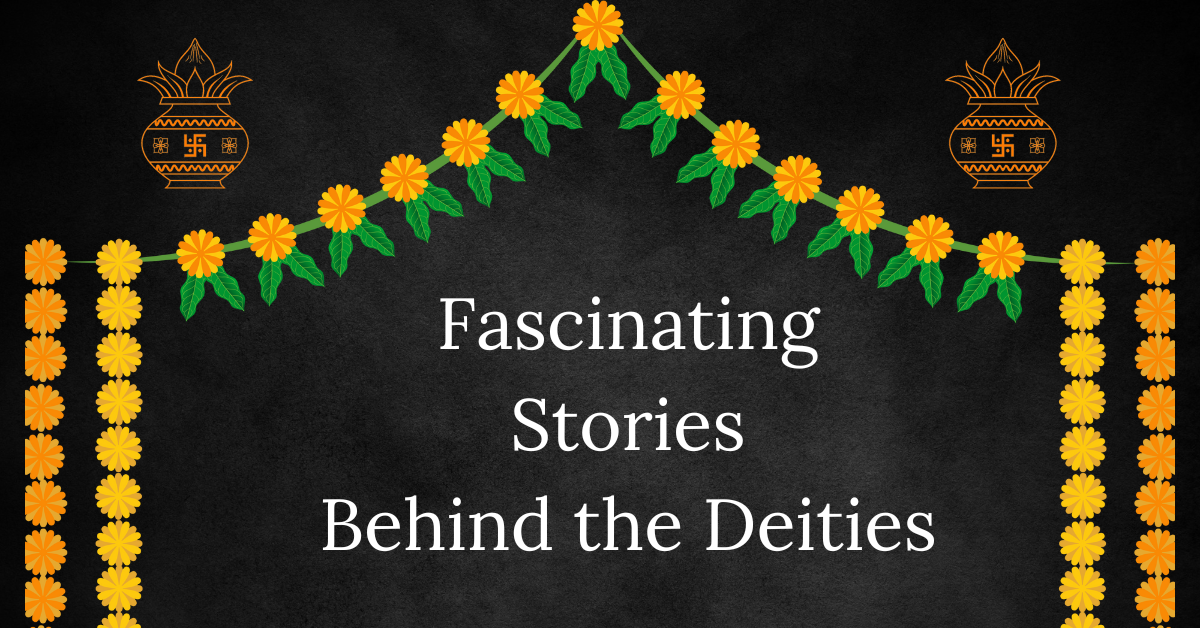Have you ever wondered about the three-pointed spear Lord Shiva always has with him? It's known as the Trishul, and it's not only a weapon. It is like a key that unlocks some of the universe's most profound secrets and the mighty god who possesses it.
Lord Shiva is well known for his power and his role in both destruction and creation. When people hear the name Lord Shiva, his Trishul is one of the first things that pop into their minds.
In this blog, we will learn more about Lord Shiva’s Trishul, its significance, and even some surprising stories you may not know about Lord Shiva's Trishul. So, let's begin and explore the wonderful world of Shiva's legendary Trishul.
What is the Trishul?
The word "Trishul" comes from Sanskrit language and is made up of two words “Tri” and “Shul”. The word “Tri" means "three," and "shul" means "spear". So, the word Tishul means a three-speared weapon.
Whenever you see a picture or statue of Lord Shiva, you'll almost always see him holding his Trishul. Most of the time, the Trishul of Lord Shiva is shown as being made of metal, like iron or steel.
Sometimes, you might see it looking plain and powerful, while other times it might have decorations or small symbols on it, making it even more special. No matter how it looks, those three sharp points are the key.
Symbolism of the Three Points of the Trishul
The three pointed tips of Lord Shiva's Trishul represent very deep symbolism. Think of them as symbols for some of the most fundamental ideas in our attempts to understand our world and ourselves.
The Three Gunas
One of the three points’s most significant details relates to the three Gunas. They are the three primary ingredients that make up everything that exists in nature:
- Sattva (Goodness, Harmony, Purity): Think of this as everything that is good, peaceful, and balancing. It's like pure water or pure sunlight. This part of the Trishul is a reminder about purity and awareness. It is a pointer towards enlightenment and balance.
- Rajas (Passion, Activity, and Desire): It is the dynamic force that initiates all movement. It flows like a dynamic river or blows like a hurricane. It represents action, aspiration, and our innermost desires. As the middle point of the Trishul of Shiva, it represents the dynamic force that supports life.
- Tamas (Inertia, Darkness, and Destruction): It is like the stillness of night, the darkness, and the unstoppable force that brings things to their endings. Think of it as the destruction of the old to make way for the new. This point of the Trishul represents the powerful capacity to destroy the old and the unnecessary, making way for new beginnings.
The Three Aspects of Time (Trikala)
An additional significant interpretation about the three points of the Trishul are related to the time. In Hindu philosophy, three aspects of time exist:
- Past: This point of the Trishul includes all the experiences and occurrences that have marked our journey to the present.
- Present: This is the time you are living in now, the present era of your life.
- Future: This point of the Trishul symbolizes all that is yet to come, the possibilities and experiences that are yet to occur.
Since Lord Shiva is known to be beyond time, the Trishul represents his mastery over the three eras. It reminds that time is a flow in cycles, and Lord Shiva is the master of this cyclical flow. This is a representation of his time-free existence.
The Three Worlds (Triloka)
The three tips of the Trishul symbolize the three major worlds:
- Heaven (or, Swarga): It is considered the world of gods and heavenly creatures, full of bliss and divine power.
- Earth (Prithvi): It is the planet we live on, the human world. It is the place where birth, life, and death take place.
- Netherworld (Patala or Naraka): It is typically known as the underworld or world of the dead.
By holding the Trishul, Lord Shiva demonstrates his mastery over all these three worlds. It symbolizes his presence in all of existence, from the highest heavens to the lowest depths.
Significance and Power of Trishul
A Symbol of Divine Authority
The Trishula as Lord Shiva is a representation of his lordship and dominance over everything in this world. Holding the Trishul means Lord Shiva is the boss of the cosmos, not limited by earthly rules.
Protection and Destruction
The power of the Trishul is the same as the two sides of a coin. It has the capability to destroy evil and protect that which is good. It's used to get rid of evil forces and negative energy that destroys the world's peace.
Cosmic Balance Maintenance
The Trishul is a weapon to maintain the equilibrium in the universe. Its three points, representing the Gunas or time, work together in harmony so that all is in its right place. The importance of the Trishul is the concept of maintaining order and battling for what is just in the cosmos.
Stories Associated with the Trishul
The Origin of the Trishul
The myths regarding Trishul have different versions of how it was created. According to one popular story, the Trishul was created by Vishwakarma, the celestial architect. According to this story, it was created with the power of the sun. This story shows the high power and radiance that the Trishul possesses.
Another story connects the creation of the Trishul to the fundamental elements. The three points are said to represent the three primary components of the universe, and Lord Shiva combined them to create this powerful symbol. This story shows Trishul's connection with the center of life and Shiva's mastery over it.
The Trishul and Different Gods/Asuras
All the Lord Shiva stories hold situations in which Lord Shiva used the Trishul with other gods to fight against Asuras (demons). One of the popular stories is that of Asura Andhakasura.
When Andhakasura shed his blood on the ground, every droplet would give rise to another Asura. To prevent this, Lord Shiva pierced Andhakasura with his Trishul so that his blood would not drop and put an end to the danger.
Trishul in Temples and Art
The Trishul is a significant component of Shiva temples. You always see it depicted alongside Lord Shiva in his various avatars – whether he is sitting or dancing as Nataraja.
At times, you will also find the Trishul alongside other significant symbols of Lord Shiva, such as the Damaru (a small drum), indicating the beat of creation, and the crescent moon in his locks of hair.
Conclusion
The Trishul of Lord Shiva is much more than just a weapon. It symbolizes Lord Shiva’s divine authority, represents the cosmic balance, and also acts as a tool for protection and destruction of evil forces.
We are sure that by now you must have understood what a Trishul is and all legendary stories about it. And, we are here to help you with the best quality Vishnu hand statue for your home.
At DevDarbaar, we understand the importance of quality and craftsmanship. We take great care in providing the best idols and spiritual pieces, crafted with the finest materials and high attention to detail. So, welcome a Lord Shiva’s Trishul statue in your home with us. Visit our website today and find your perfect Trishul statue!



